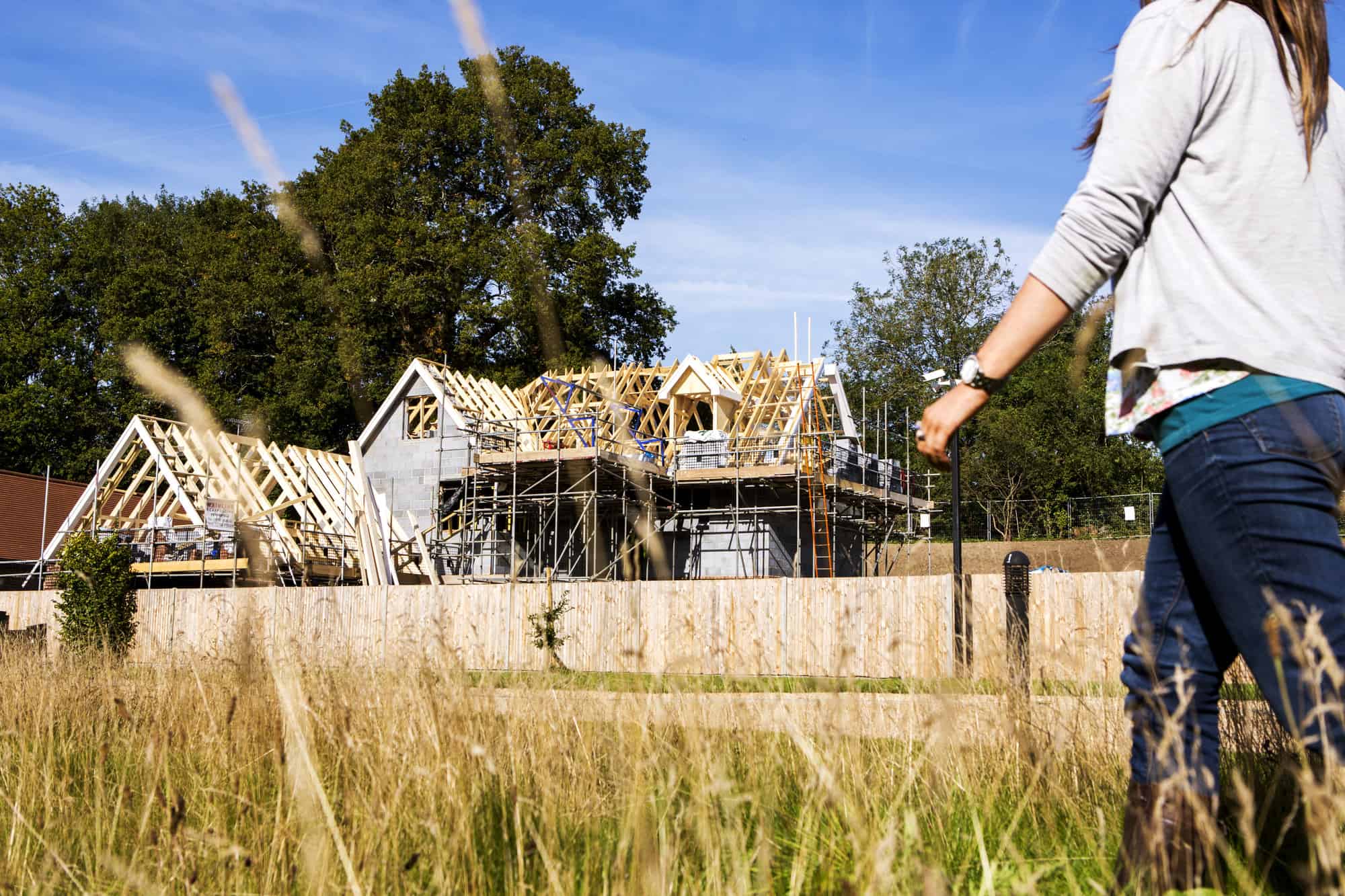

Ecosystem services are the direct and indirect contributions natural systems and cycles make to human well-being, survival and quality of life, including providing fresh water, regulating climate, providing diversity of habitat and cultural benefits such as recreation.
Sustainable Drainage (SuDS) is designed to use natural processes to reduce flooding and prevent groundwater pollution by storing and treating polluted water and silts running off impermeable surfaces, such as roads and car parks.
SuDS clean water naturally by slowing and holding it to allow time, sunlight, vegetation and bacteria in the roots of plants and soil to break down pollutants.
Techniques include swales, bioretention systems, green roofs, permeable paving, tree pits, basins, ponds and wetlands.
They are excellent for mitigating flooding, and for nature and people – encouraging biodiversity and transforming public space. SuDS work best when designed as an integral part of a development, when considered at the start of the project and in the context of local water catchments. SuDS align well with climate change mitigation and adaptation policies, with green infrastructure, and ecosystem service plans, promoting resilience to flooding, pollution and biodiversity loss.
It’s not just about new developments and road schemes. The cumulative impact of small residential extensions and paved gardens add to impermeable surface area, increasing local flood risk.
While not yet legally required in England, the National Planning Policy Framework (NPPF) expects sustainable drainage (SuDS) to be considered where appropriate in major developments, with NPPF Practice Guidance providing clarification in managing flood risk and securing SuDS.
Local policy promotes the use of SuDS in new developments (Policy SD50 Sustainable Drainage Systems). The SDNPA’s Local Plan states: “Pollution pressures arise in part from urban and rural surface water run-off that represent key challenges in meeting the Water Framework Directive. Therefore, the Authority expects that pollution prevention measures, water efficiency measures to reduce surface water run-off, and sustainable drainage measures are incorporated into new development, in accordance with policies SD48: Climate Change and Sustainable Use of Resources and SD50: Sustainable Drainage Systems.”
All new developments are considered in the context of city or regional strategic plans, but despite its role as a visible, practical way of meeting multiple policy objectives, there remain very few good quality SuDS in new developments in the Brighton, Hove and wider region. While the policy drivers exist, there are few legal requirements. Lack of awareness and capability, combined with perceptions of higher cost or difficulty, have led to a disappointing absence of SuDS locally.
Through urban walkovers in Source Protection Zones and partnership work, The Aquifer Partnership (TAP) has identified sites in Brighton and Lewes to promote SuDS. They are pushing groundwater protection up the agenda with workshops and training to encourage greater integration of SuDS in the urban environment.
To find out more, please contact Susie Howells at Susie.Howells@southdowns.gov.uk





 Chrome
Chrome
 FireFox
FireFox
 Edge
Edge